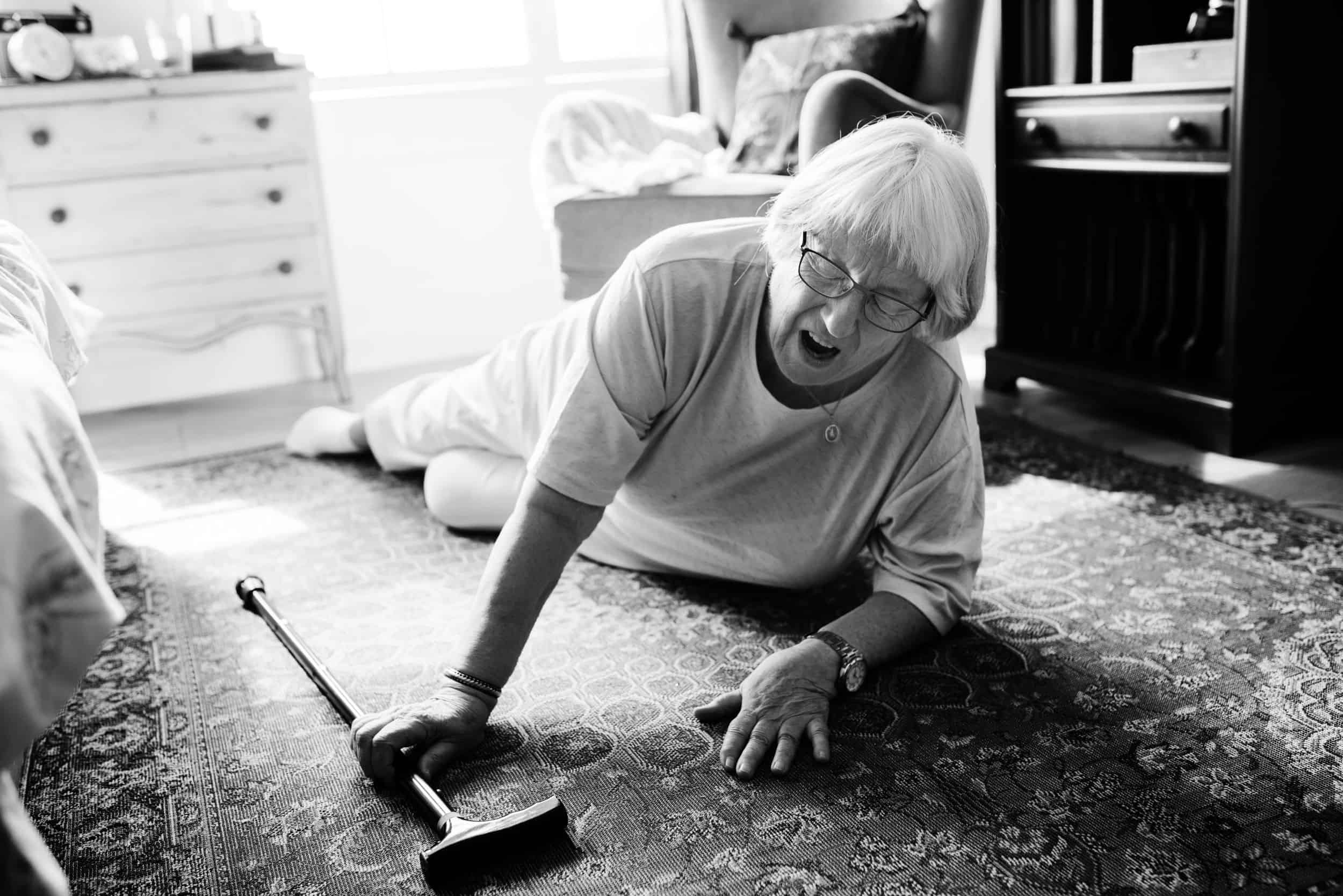Mobility is an essential part of life. For those of us who struggle with a mobility impairment, whether due to a neurological disorder, injury, or aging, choosing a device to help you get around is about more than convenience.
It’s about being able to live the way you want to.
There are so many mobility aids on the market that it can be difficult to know which is the best choice for your needs. You may be wondering whether there’s a better option for you than what you’re using now.
No single device will fulfill every need for every person. The reality is there isn’t even a single device that will satisfy all your needs. Consider these eight factors about the device and yourself before selecting a mobility aid like the LifeGlider.
About the Device
What are you looking for in a mobility aid?
If your top priority is comfort, you’ll be looking for devices made for comfortable sitting. This is the priority in the design of many types of wheelchairs, power scooters, and similar devices.
1. Comfort
The primary benefit of these devices is their ability to take you long distances without expending much energy. They are useful means of transportation.
But devices that prioritize comfort aren’t always ideal. They’re comfortable, but also:
- Often challenging to navigate in tight spaces.
- Do not build strength by encouraging the use of your muscles.
- May contribute to muscle weakening if overused.
2. Portability
Dealing with a bulky mobility aid such as a heavy wheelchair or scooter can be frustrating in many situations. You may be interested in something more portable for you or a caregiver to handle.
Light-weight devices like single-point canes or quad canes, or foldable walkers, are easier to fit into the trunk of a car or take onto the subway. These can be good options for you if your fall risk is low.
Because they can tip over, these devices are not ideal for those with a high fall risk when:
- You’re traveling alone with no one to help if you were to fall.
- There is low lighting, making it hard to avoid tripping over obstructions.
- The environment is distracting, drawing your attention away from maintaining your balance.
- Safety
For people with a high fall risk, safety is the primary concern. Mobility devices with a wide base of support like wheelchairs, scooters, and the LifeGlider, are good options.
These devices allow you to strap in. They don’t easily tip over, providing the stability you don’t get from a simple cane. They also keep your center of gravity in your core, rather than shifting your weight forward as standard walkers do, which can encourage falls.
Of course, in situations where safety is not the primary concern, devices like the LifeGlider may not work in tight spaces and come at a higher cost than a simple cane.
4. Versatility
Though there isn’t one device you can use for everything, it is nice to have mobility aids that can support you in different ways.
The LifeGlider is pretty unique in its versatility. It allows you to secure yourself at the waist as you might with a power scooter’s seat belt, but then you can go hands-free if you’d like.
This versatility gives you the safety you need when walking and frees your hands for cooking, cleaning, shopping, etc.
Versatility isn’t always a plus, of course. Sometimes you might prefer something simple like a cane or rollator to help you get out of a chair and across the room. This is why LifeGlider owners often own other devices as well.
About You
What do you need to consider about yourself before purchasing a mobility aid.
1. Weight
Mobility aids typically have a weight limit. If your weight exceeds that limit, the device may not function properly. That could make it unpleasant or even unsafe to use.
If your weight is in the 275 – 300 lbs. range and above, you may need to invest in heavy-duty wheelchairs or canes built for this weight capacity.
Below 275 lbs., you have more options in seated or upright mobility, including the LifeGlider. (Standard and tall sizes support up to 275 lbs.; the small size supports up to 200 lbs.)
2. Condition
Your mobility may be limited by a permanent disability, genetic disorder, or other long-term condition. It’s important to adjust your expectations for a mobility aid to your physical ability.
If you are too imbalanced to walk safely with a cane, it isn’t realistic to expect to maintain your independence with a cane alone. A fall-safe device like the LifeGlider is more appropriate to keep you on your feet.
Likewise, if you cannot stand or even take a single step without falling, it may not be realistic to walk with a device like the LifeGlider. Not at first, at least. It often takes time and hard work to go from not walking to reaching a simple goal, such as walking the length of a city block.
3. Lifestyle
What you need to do with your mobility aid is important to consider. If your lifestyle involves minimal movement inside your home, it may be sufficient to have a cane handy to get across the room or down the hall.
However, if you want to be more active, get out of the house, and walk safely, a device like the LifeGlider supports this moderate exercise. If you need to spend a lot of time sitting for work, it makes sense to have a good wheelchair as well.
Some lifestyles require special devices. If you’re interested and can engage in high-intensity sports, you may need to invest in adaptive equipment such as high-speed wheelchairs.
4. Goals
Looking at your lifestyle now is one way to determine the best mobility aid for you. Another is to consider what you want your life to look like in the future.
- Do you want to get stronger?
- Are you concerned about maintaining your independence?
- Would you like to have a more active social life?
- Are there new hobbies you want to try or old ones you want to return to?
Goals like these can help you narrow down your selection of a mobility aid. Any option you consider should support these goals and get you closer to achieving them.
Reach Your Goals
The LifeGlider isn’t for everyone.
It supports upright mobility for those who desire to lead a moderately active lifestyle; it’s designed to work well for those with enough physical ability to step into it.
It’s stable for those at risk of falling, preventing falls even if they’re not holding on.
Does that sound like what you want out of a mobility aid? Do you think you’re a good fit for it?
If so, the LifeGlider can be truly life-changing. Contact us now to find out whether your LifeGlider can help you reach your goals!
###



